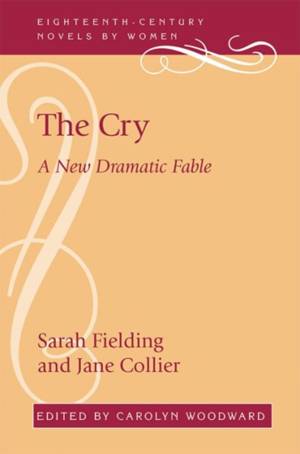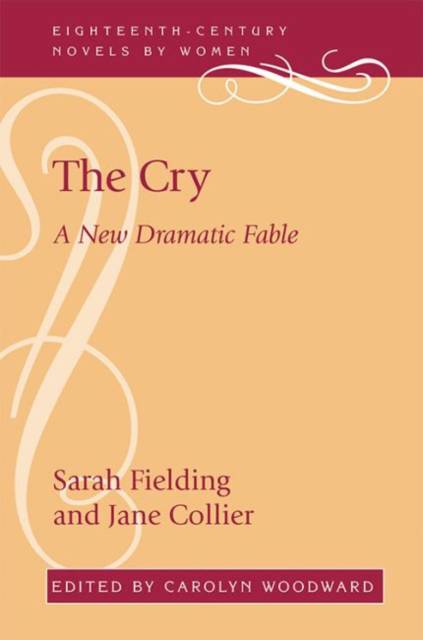
- Afhalen na 1 uur in een winkel met voorraad
- Gratis thuislevering in België vanaf € 30
- Ruim aanbod met 7 miljoen producten
- Afhalen na 1 uur in een winkel met voorraad
- Gratis thuislevering in België vanaf € 30
- Ruim aanbod met 7 miljoen producten
Omschrijving
Before Jane Austen's novels explored heroines in English society, writers Sarah Fielding and Jane Collier dared to provide commentary on gender and education through self-conscious narratives. Published in 1754 in five parts and divided into three volumes, The Cry stands as one of the most distinctive and intriguing works by women during the florescence of their writing in eighteenth-century England.
Strikingly experimental -- mixing fiction and philosophy, drama and exposition, satire and irony, and singular and choral voices -- The Cry revolves around a main character, Portia, who tells a series of stories to an audience that includes Una, the allegorical representation of truth, and "The Cry" itself, a collection of characters who serve as a kind of Greek chorus. A story about the story-making female subject, the novel serves as a catalyst to convey that women are capable of doing all of the things that men can do -- discuss ethics, learn, and think rationally -- and should be allowed to do these things publically. Throughout, editor Carolyn Woodward offers essential historical and editorial context to the work, demonstrating that this novel continues to facilitate discussions about women and public life.
Specificaties
Betrokkenen
- Auteur(s):
- Uitgeverij:
Inhoud
- Aantal bladzijden:
- 406
- Taal:
- Engels
- Reeks:
Eigenschappen
- Productcode (EAN):
- 9780813174105
- Verschijningsdatum:
- 27/10/2017
- Uitvoering:
- Hardcover
- Formaat:
- Genaaid
- Afmetingen:
- 155 mm x 231 mm
- Gewicht:
- 748 g

Alleen bij Standaard Boekhandel
Beoordelingen
We publiceren alleen reviews die voldoen aan de voorwaarden voor reviews. Bekijk onze voorwaarden voor reviews.








